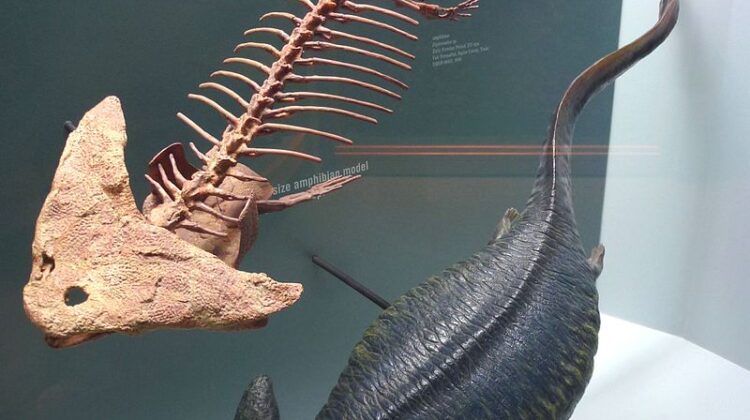
Diplocaulus is a fascinating genus of lepospondyl amphibians that lived during the Late Carboniferous to the Late Permian in North America and Africa. The name Diplocaulus means “double caul” and refers to the two long protrusions at the rear of its skull that give its head a distinctive boomerang-like shape. This article will explore the unique characteristics of Diplocaulus, its horns, and its different species.
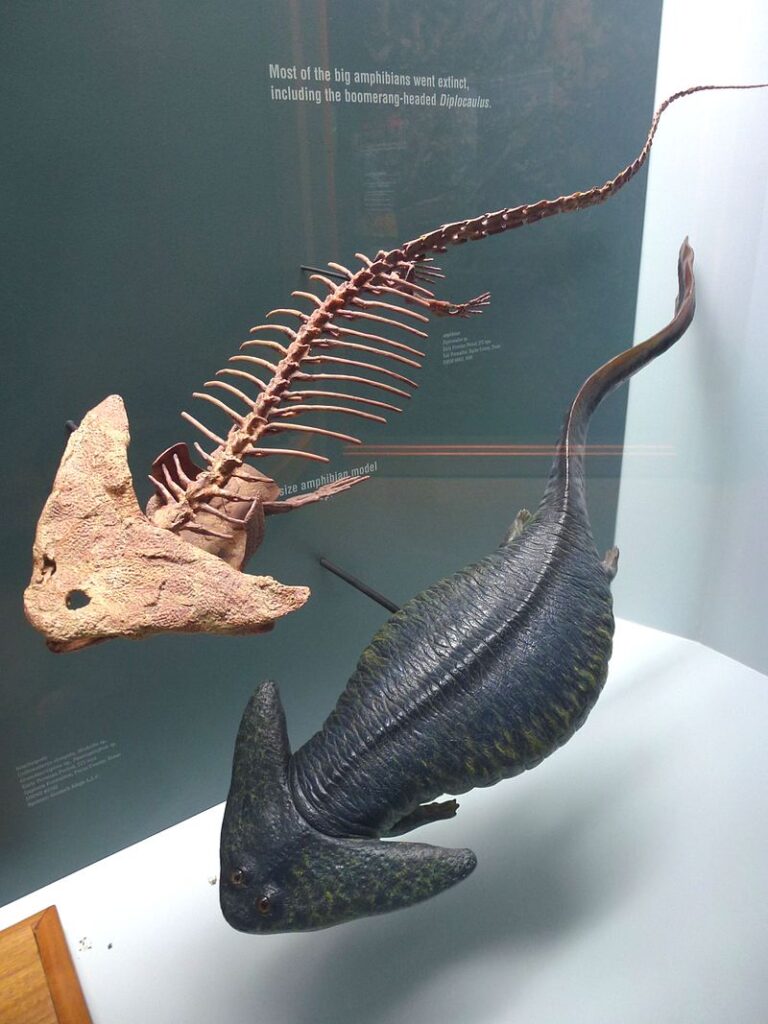
Description
Diplocaulus had a stocky, salamander-like body, but was relatively large, reaching up to 1 meter (3.3 feet) in length. Although a complete tail is unknown for the genus, a nearly complete articulated skeleton preserved a row of tail vertebrae near the head, which suggested that Diplocaulus had a long, thin tail capable of reaching the head if the animal was curled up. Most studies since then have argued that anguiliform (eel-like) tail movement was the main force of locomotion utilized by Diplocaulus and its relatives.
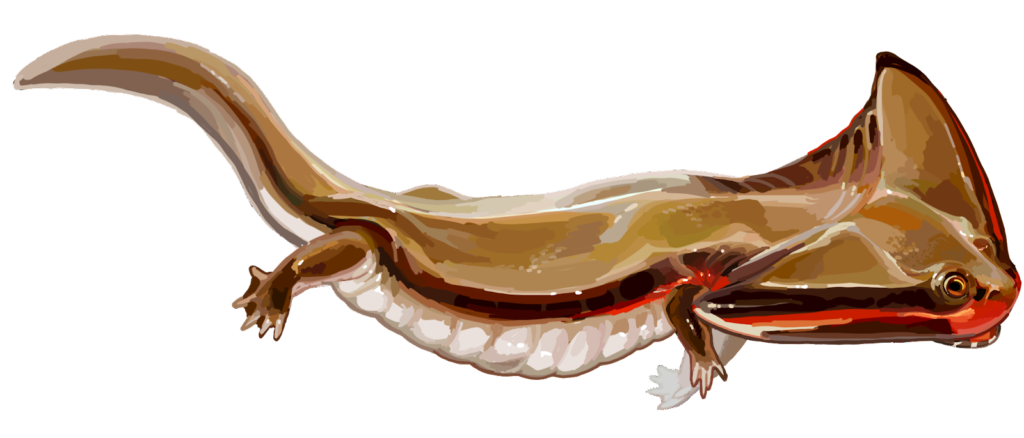
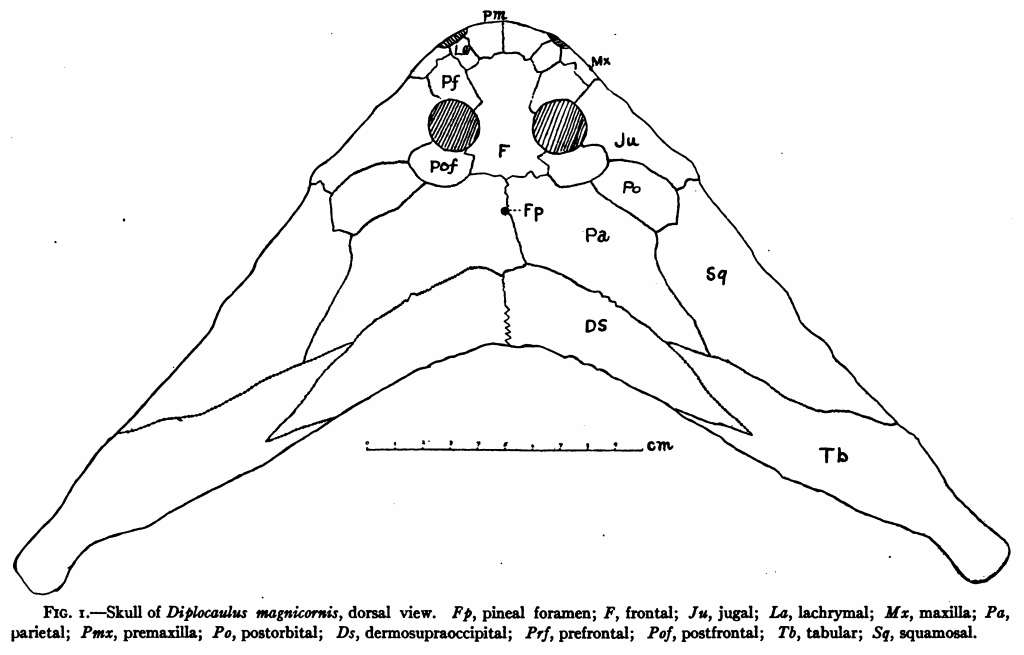
Horns
The most distinctive feature of Diplocaulus and its closest relatives was a pair of long protrusions or horns at the rear of the skull. The horns were formed by the elongated, blade-like squamosal bone, and the primary component of each horn was a long bone with a historically controversial identification. Many early sources considered the bone to be a tabular, which in other early tetrapods is a small bone lying at the rear edge of the skull. However, some modern sources argue that the bone was the supratemporal bone, which had enlarged and shifted towards the rear tip of the skull. Based on observations of Urocordylus, a newt-like relative of Diplocaulus, it is more likely that the primary bone of the horns in Diplocaulus is a tabular.
Species
Diplocaulus had two known species: D. salamandroides and D. magnicornis. D. salamandroides was the first species discovered, near Danville, Illinois, by William Gurley and J.C. Winslow. This species is only known from a small number of vertebrae sent to renowned paleontologist Edward Drinker Cope by Gurley and Winslow. These vertebrae were noted for their similarities to those of salamanders, hence the specific name salamandroides. D. salamandroides could be distinguished from D. magnicornis by its small size and less pronounced accessory articular processes.
D. magnicornis, described by Cope in 1882, is the largest and best-known of the lepospondyls. This species reached lengths of up to 1 meter and is characterized by its large, elaborate horns. D. magnicornis fossils have been found in Texas, Oklahoma, and Kansas.
Gallery
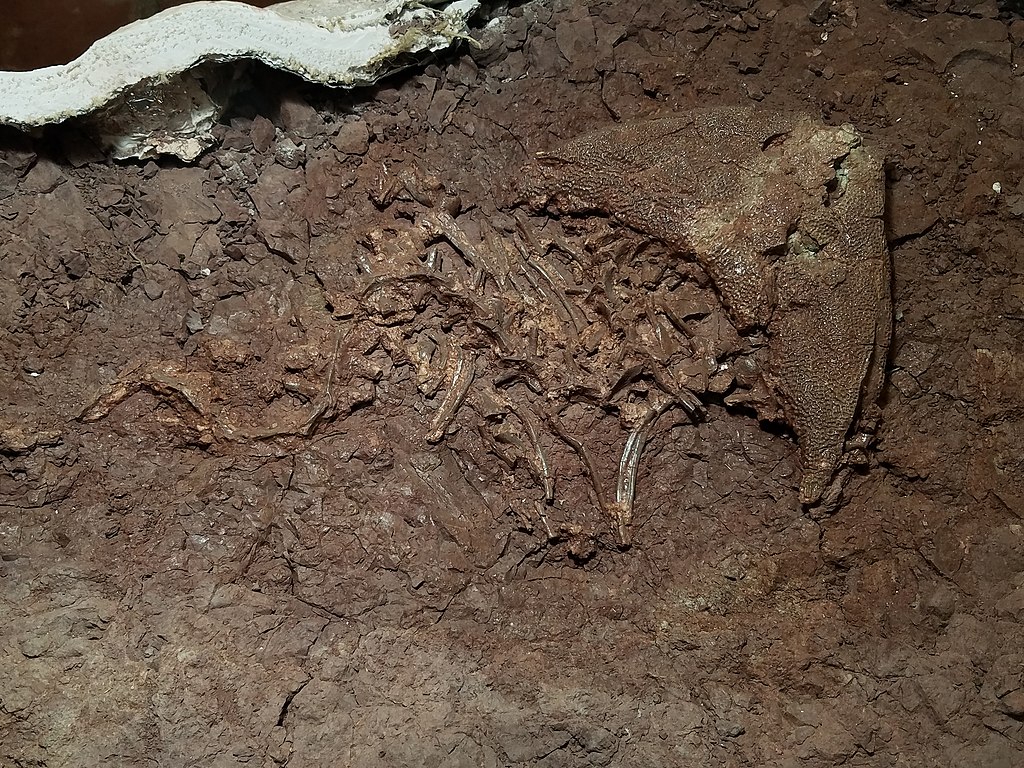
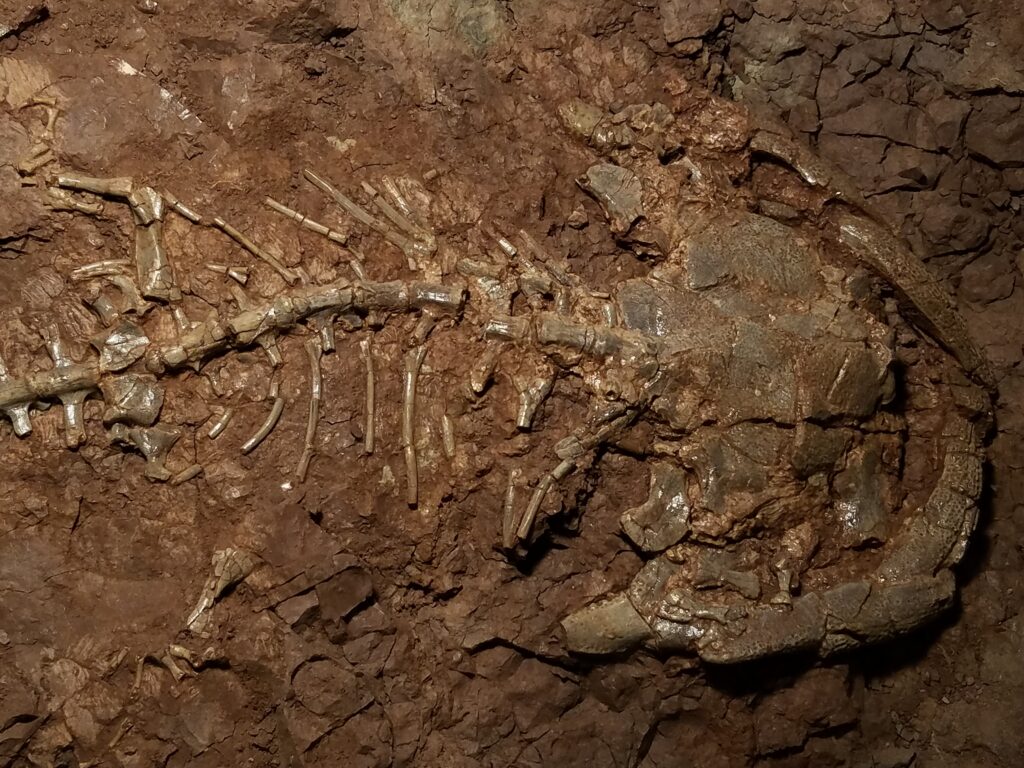
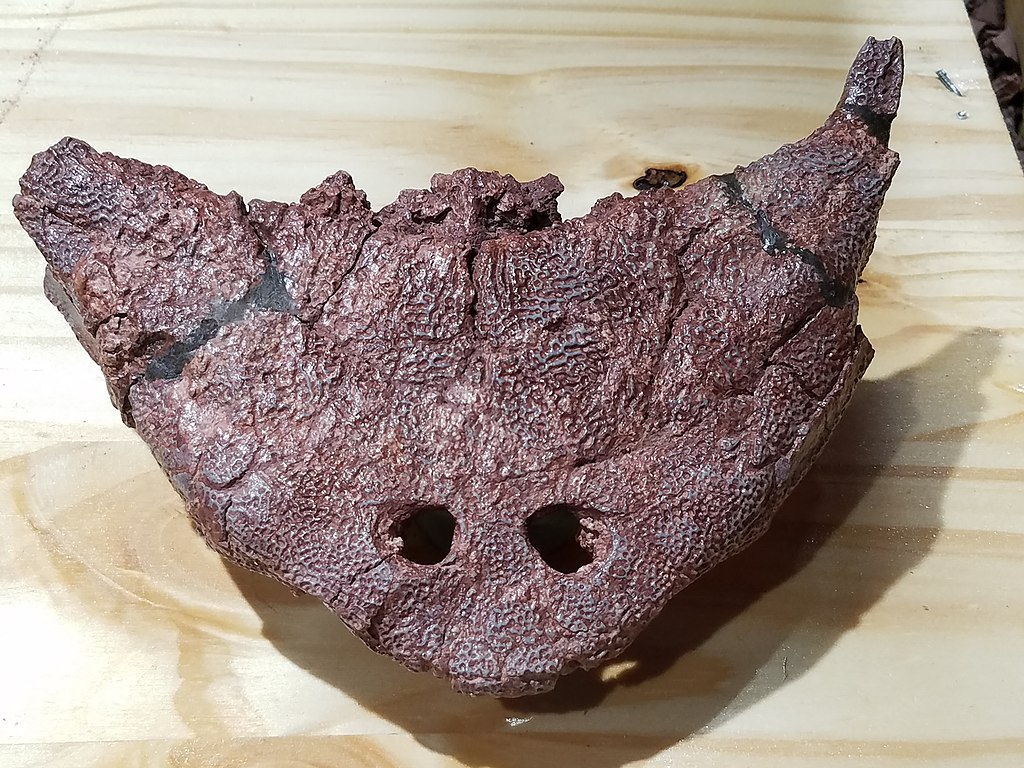
Conclusion
Diplocaulus is a fascinating genus of amphibians that lived during the Late Carboniferous to the Late Permian in North America and Africa. Its unique boomerang-shaped skull and long horns make it easily recognizable among other tetrapods. Despite its distinctive features, many questions still remain about the life and habits of Diplocaulus. Nevertheless, the discovery of its fossils has shed light on the diversity of early tetrapods and the evolution of life on Earth.

Leave a Reply